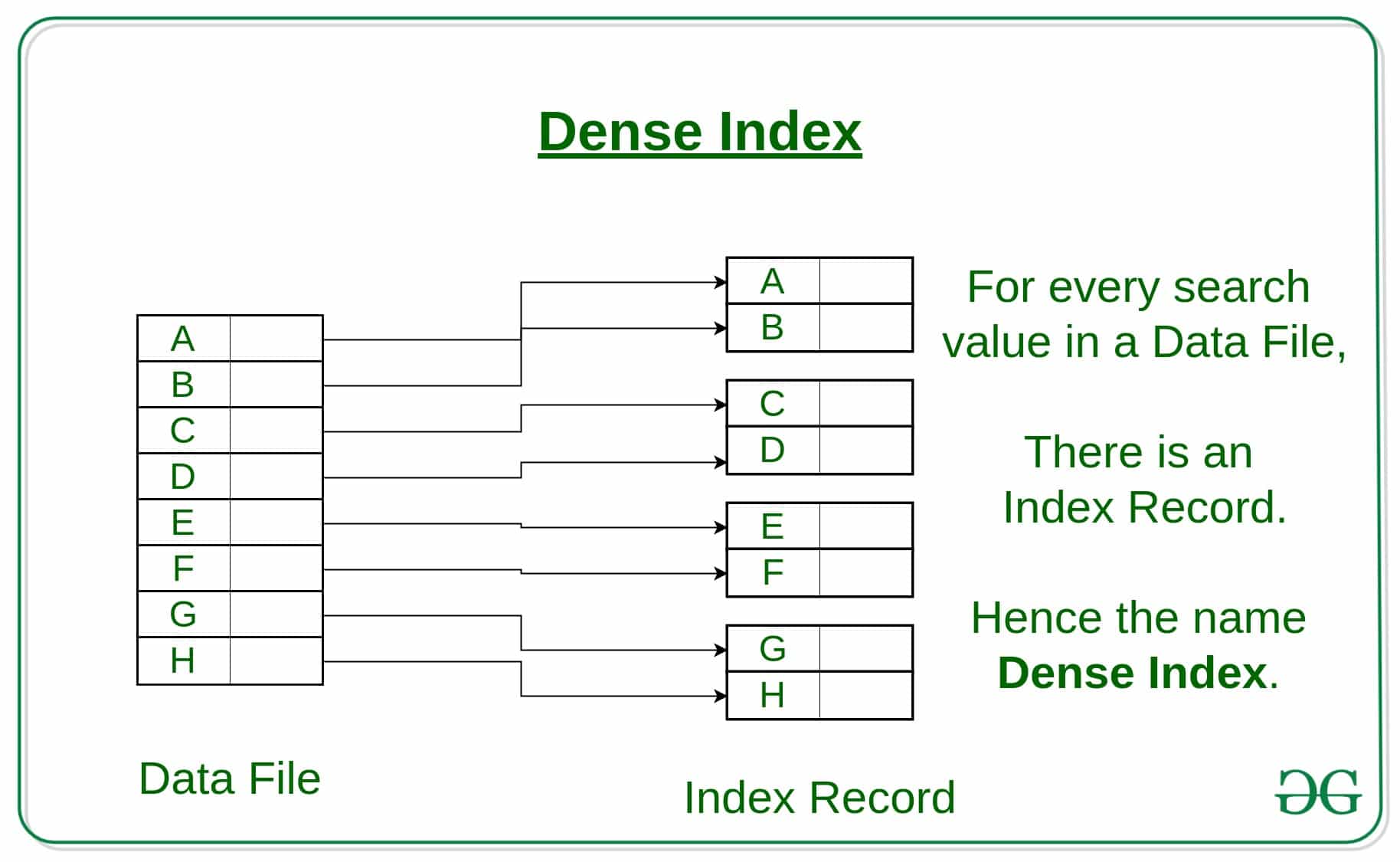Indexing strategies in SQL is the process of optimizing the performance of Structured Query Language (SQL) through the use of indexing. Indexing is the practice of determining the most efficient way to access and process data in a given table. When done correctly, indexes can speed up query execution by allowing the server to more quickly identify the records to be read from the table.
Indexes work by scanning a table, pre-computing the values that should be returned, and then storing the values in a more structured data format. This process makes it easier for the server to determine a particular row in the table without needing to read through the entire table. Depending on the type of query being executed, different types of indexes can be used to maximize performance.
The most common type of indexing strategy is called a clustered index. A clustered index physically orders the data stored in the table. Thus, when the index is scanned, it can be done quickly and efficiently. Clustered indexes can be used for range queries, where the starting and ending points of the search are provided. They are also well suited to queries which append new data to existing records.
Non-clustered indexes, also known as secondary indexes, store the data in an abstract structure known as a B-tree. This type of index works by creating an offset to a particular location in the table. Queries using this index type are usually much faster, as the offset is usually much smaller than a full scan of the table. However, these types of indexes can cause contention if one transaction is attempting to modify the record with the same offset.
In addition to these two most common types of indexing strategies, there are also full-text Indexes, which are used to efficiently search for text within a document. These work by creating a list of words and the location of the words within the document, making it easy to quickly look up a document containing a given word. Full-text indexes are usually used in search applications, where response times are critical.
In summary, indexing strategies in SQL are used to optimize the performance of queries and improve the user experience by making data retrieval faster. There are several techniques which can be employed, from clustered indexes to full-text indexes, each of which has its own benefits. Indexing is an integral part of data management, and as technology advances and workloads increase, the importance of employing the correct indexing strategy cannot be understated.






